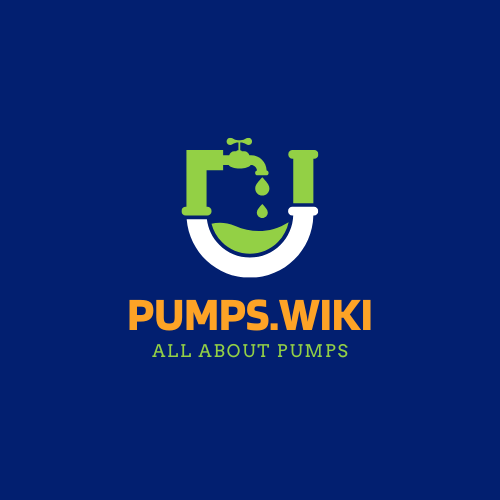Sump pump floats are critical components in water management systems, designed to detect water levels and activate pumps automatically. These ingenious devices come in multiple variations, each with unique operational principles, materials, and applications. From tethered floats that use buoyancy to electronic sensors that provide precise water level detection, homeowners have several options to protect their basements from potential water damage and flooding.
What Are the Primary Different Types of Sump Pump Floats?
Tethered Float Switches: How Do They Work?
Tethered float switches represent a classic approach to water level detection. These switches utilize a buoyant float connected to the sump pump via a flexible cord or tether. As water rises, the float ascends, triggering the pump’s activation mechanism.
Key Characteristics
- Material Composition:
- Float: Plastic or polystyrene
- Tether: Flexible rope or rod
- Operational Range: Adjustable based on cord length
- Best Suited For: Wide and deep basin configurations
| Advantage | Limitation |
|---|---|
| Simple design | Prone to debris entanglement |
| Cost-effective | Potential puncture risks |
| Easy installation | Limited precision |
Vertical Float Switches: What Makes Them Unique?
Vertical float switches offer a more compact solution for water level monitoring. These switches feature a buoyant float moving along a vertical rod, activating the pump at predetermined water heights.
Technical Specifications
- Ideal for:
- Narrow basin spaces
- Submersible sump pumps
- Construction Materials:
- Float: Lightweight plastic
- Rod: Durable metal
Electronic Float Switches: How Do Advanced Sensors Operate?
Electronic float switches represent the technological frontier in water level detection. Using sophisticated sensors like pressure transducers or conductive probes, these switches provide precise and reliable pump activation.
Technological Advantages
- Sensor Types:
- Pressure sensors
- Conductive probes
- Capacitive sensors
- Precision: High-accuracy water level detection
- Versatility: Adaptable to complex environments
Diaphragm Float Switches: What Sets Them Apart?
Diaphragm float switches utilize flexible membranes that respond to water pressure changes. These switches offer a unique approach to pump activation in constrained spaces.
Performance Characteristics
- Operational Mechanism: Pressure-sensitive diaphragm
- Material: Flexible, durable membrane
- Application: Congested basin environments
Comparative Analysis of Sump Pump Float Technologies

Performance Metrics Comparison
| Float Type | Precision | Durability | Cost | Installation Complexity |
|---|---|---|---|---|
| Tethered | Moderate | Medium | Low | Easy |
| Vertical | Good | High | Medium | Moderate |
| Electronic | Excellent | High | High | Complex |
| Diaphragm | Good | Medium | Medium | Moderate |
Critical Considerations for Float Switch Selection
When choosing a sump pump float, consider:
– Basin dimensions
– Water volume expectations
– Budget constraints
– Environmental conditions
– Maintenance requirements
Maintenance and Troubleshooting Tips
- Regular visual inspections
- Clean float mechanisms periodically
- Check for mechanical wear
- Verify switch sensitivity
- Test pump activation quarterly
Emerging Technologies in Float Switch Design
The future of sump pump floats is evolving with:
– Smart sensor integration
– Wireless monitoring capabilities
– Enhanced material durability
– IoT-enabled water management systems
Conclusion
Understanding different types of sump pump floats empowers homeowners to make informed decisions about water management and basement protection.
